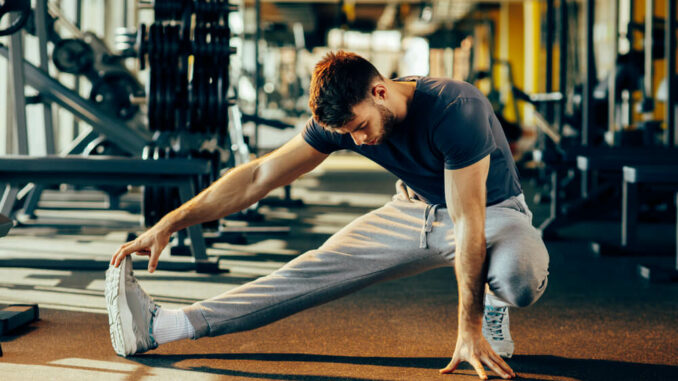
Cooling down after exercise is an essential part of any workout routine, helping your body transition from intense physical activity back to a resting state gradually. A proper cooldown not only aids in muscle recovery but also reduces the risk of injury and promotes overall well-being. Whether you’ve just finished a high-intensity workout or a relaxing yoga session, incorporating effective cooldown techniques is beneficial for your body and mind. This comprehensive guide will walk you through various methods and strategies to cool down effectively after exercising.
Why Cooling Down is Important
Cooling down after exercise serves several important purposes:
- Muscle Recovery: Allows your heart rate and breathing to gradually return to normal, aiding in the removal of metabolic waste products like lactic acid from muscles.
- Prevents Dizziness and Lightheadedness: Helps prevent blood from pooling in your extremities, reducing the risk of dizziness or fainting.
- Reduces Muscle Soreness: Promotes blood circulation to muscles, which can help reduce soreness and stiffness after exercise.
- Promotes Flexibility: Incorporating stretching during cooldown can improve flexibility and range of motion in muscles and joints.
- Mental Relaxation: Provides a mental transition from the intensity of exercise to a state of relaxation and well-being.
Effective Cooling Down Techniques
1. Gradual Reduction in Intensity:
- For cardio workouts (running, cycling, etc.), gradually reduce your pace or intensity during the last 5-10 minutes of exercise.
- Allow your heart rate to decrease gradually rather than stopping abruptly.
2. Keep Moving:
- Engage in light aerobic activity such as walking or gentle jogging to keep blood circulating and prevent pooling in muscles.
- Focus on maintaining a steady pace to gradually lower your heart rate.
3. Stretching:
- Perform static stretches that target major muscle groups used during your workout.
- Hold each stretch for 15-30 seconds without bouncing, focusing on breathing deeply and relaxing into the stretch.
- Focus on areas like calves, hamstrings, quadriceps, glutes, shoulders, and chest.
4. Deep Breathing and Relaxation:
- Practice deep breathing exercises to promote relaxation and lower stress levels.
- Inhale deeply through your nose, hold for a few seconds, and exhale slowly through your mouth.
- Repeat several times to calm your mind and body.
5. Hydration:
- Drink water or a sports drink to replenish fluids lost through sweat during exercise.
- Proper hydration supports muscle function and aids in the recovery process.
6. Foam Rolling (Optional):
- Use a foam roller to perform self-myofascial release (SMR) on tight or sore muscles.
- Roll slowly over targeted muscle groups to release tension and improve blood flow.
7. Cool Down Exercises (Yoga or Tai Chi):
- Incorporate gentle yoga poses or tai chi movements into your cooldown routine.
- These exercises promote relaxation, improve flexibility, and enhance overall body awareness.
8. Contrast Therapy (Optional):
- Alternate between hot and cold treatments, such as a warm shower followed by a brief cold shower or ice bath.
- Contrast therapy can help reduce inflammation and promote muscle recovery.
9. Listen to Your Body:
- Pay attention to how your body feels during cooldown and adjust activities or stretches accordingly.
- If you experience pain or discomfort, consult a healthcare professional for guidance.
Post-Cooldown Practices
1. Replenish Nutrients:
- Consume a balanced post-workout meal or snack containing carbohydrates and protein to support muscle recovery.
2. Rest and Recovery:
- Allow time for adequate rest and sleep to allow your body to repair and rebuild muscle tissue.
3. Reflect and Plan:
- Take a moment to reflect on your workout and note any achievements or areas for improvement.
- Plan your next workout session or activity based on your fitness goals.
Conclusion
In conclusion, cooling down after exercise is an essential component of any fitness regimen, promoting muscle recovery, reducing the risk of injury, and enhancing overall well-being. By incorporating these effective cooldown techniques into your post-workout routine, you can optimize your workout experience and support long-term fitness goals. Whether you prefer gentle stretching, deep breathing exercises, or incorporating yoga and tai chi into your cooldown, taking the time to care for your body after exercise ensures a balanced approach to fitness and health. Remember, each cooldown session is an opportunity to nurture your body and mind, fostering a sense of relaxation and rejuvenation after physical activity.